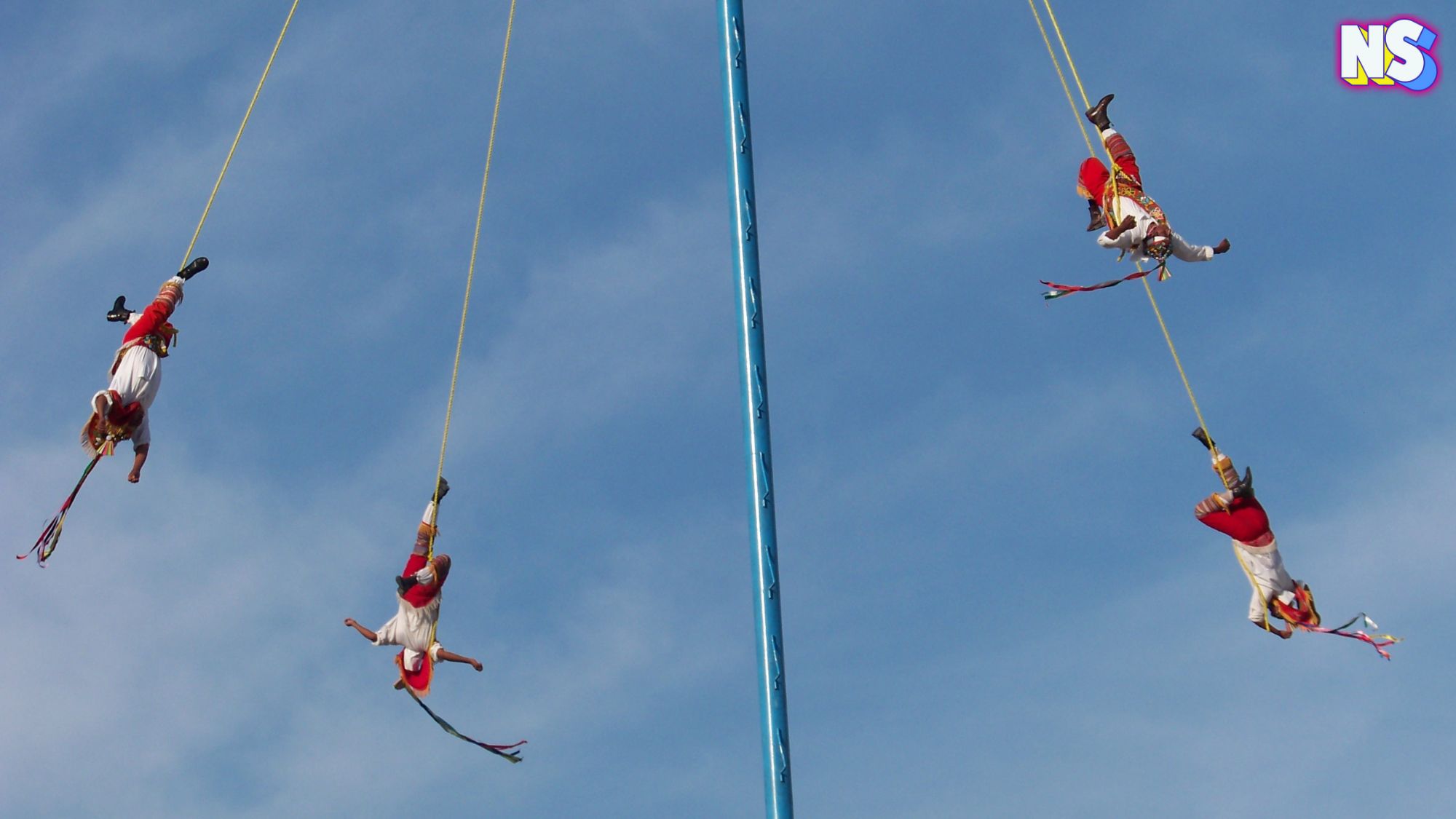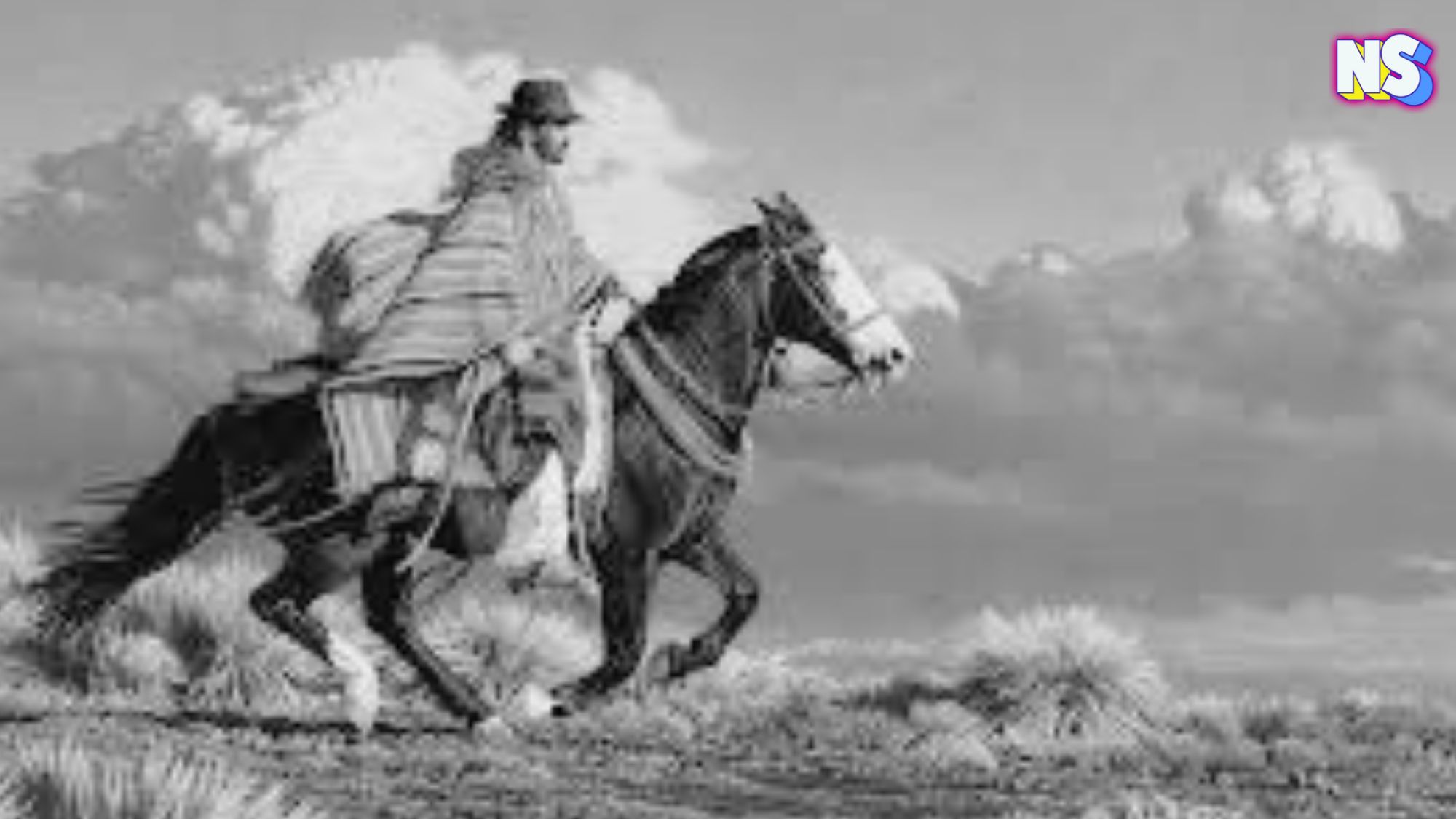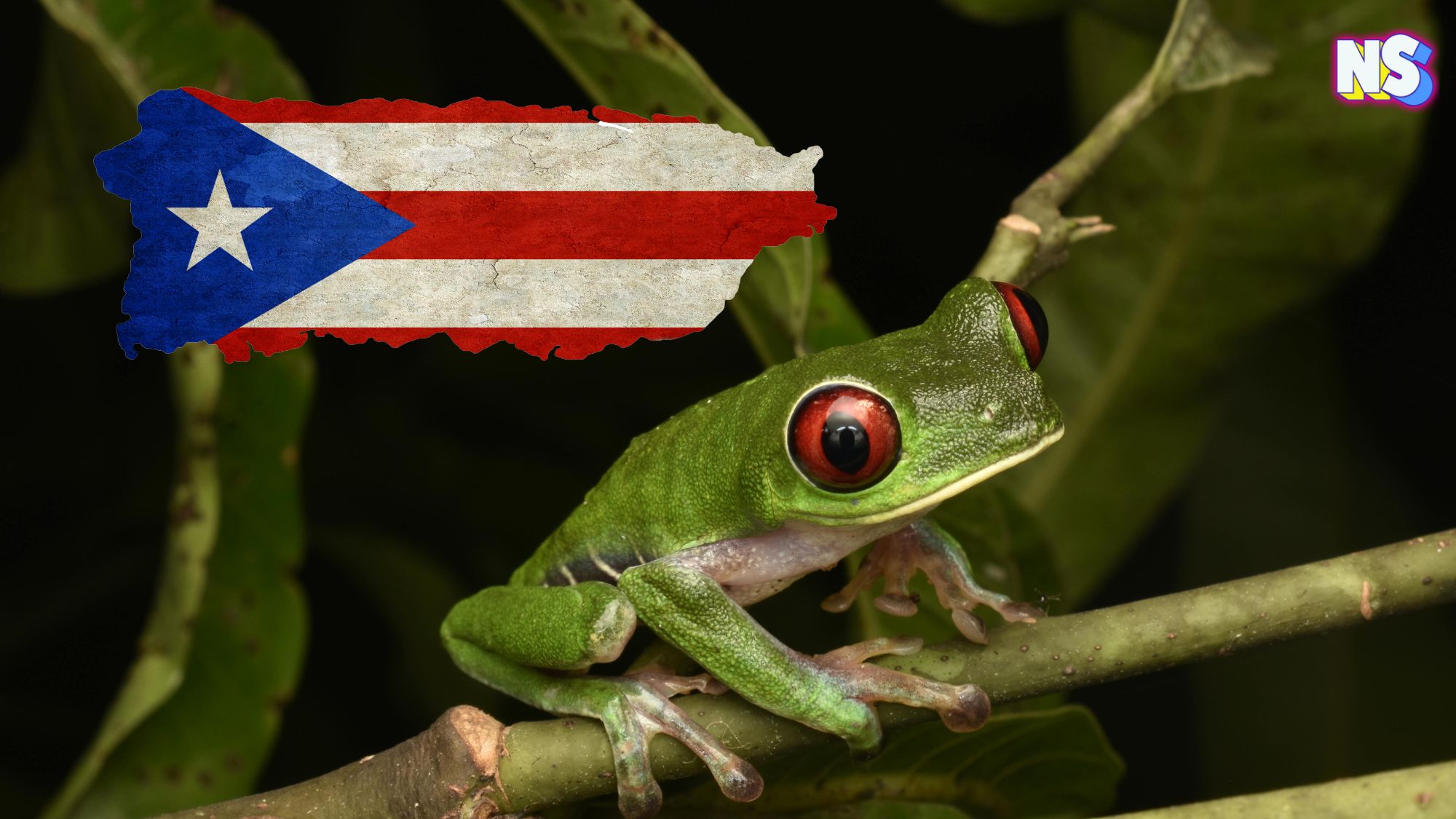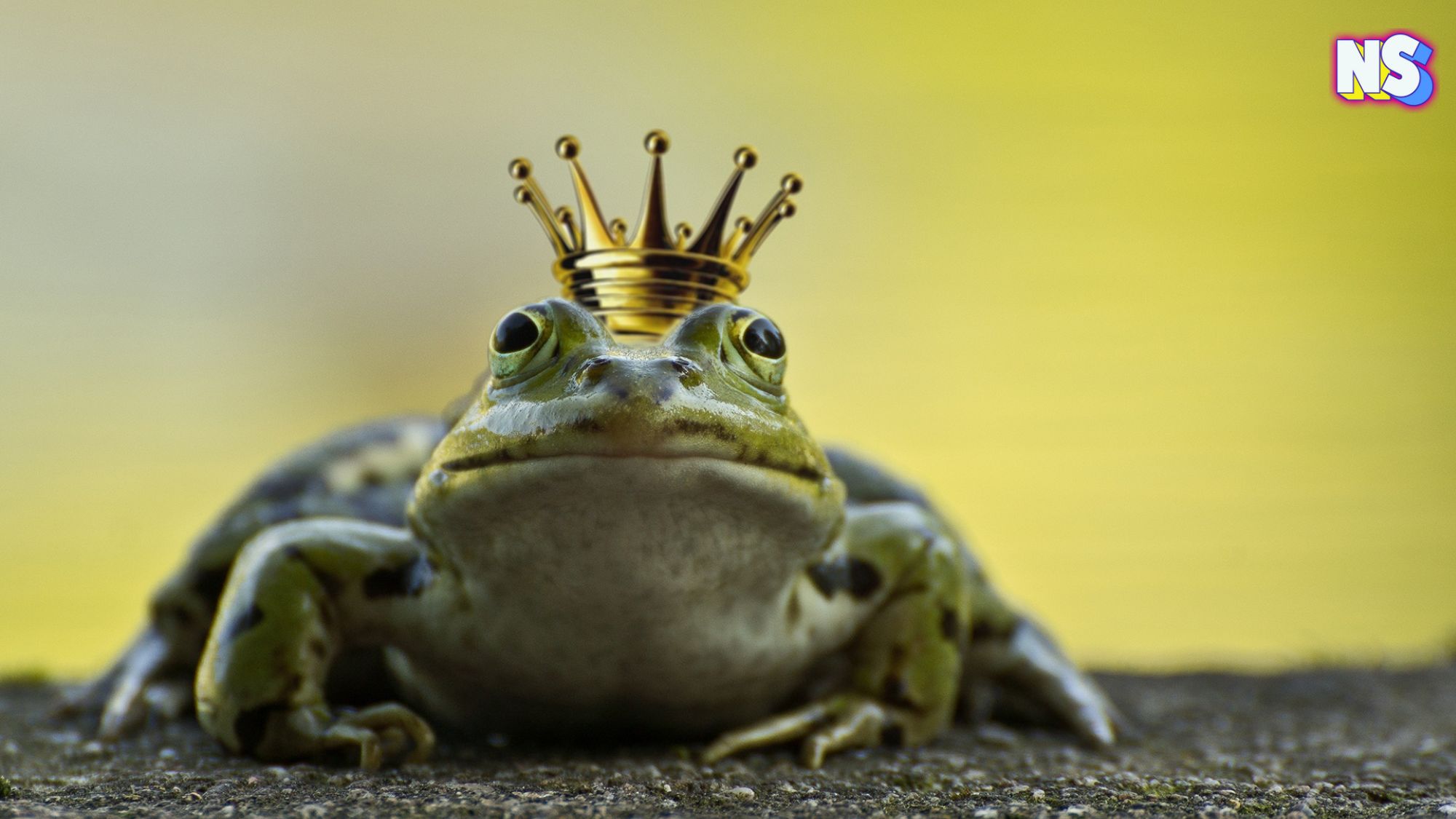Have you seen reels of the Voladores de Papantla pop up on your FYP or Instagram feed? It’s the one where men are dressed up as feathered creatures, performing some kind of ritual on a pole? It seems so unbelievable that most of us keep scrolling, convinced it’s some kind of gimmick or touristy thing. But the Voladores de Papantla are the real deal. And their sacred dance up in the sky is so important that, in 2009, it made UNESCO’s Representative List of the Intangible Cultural Heritage of Humanity. It’s the stuff of legend.
The Voladores de Papantla
Hundreds of years ago, during the ancient Totonaca empire, the Voladores de Papantla’s sacred dance was born out of necessity.
“The legend says that a couple of millennia ago, the people of the Totonaca had great trouble. The land was dry, the crops were no good,” Viajefest explains. “To solve this, the wise men came up with a great ritual to send a SOS to our four grandfathers that live in the four cardinal points. They picked five young impeccable men and trained them to become birds.”
Thery would perform a ritual ceremony accompanied by music, and a dance, high in a tree, to be closer to heaven, and they would ask the gods for the precious rains that would restore fertility to the earth, according to Mexican YouTuber Jorge de Leon.
And the ceremony is performed the same way today, as it was centuries ago.
The Sacred Dance
For the sacred dance, five “voladores,” traditionally men, chosen and trained within their community, climb a “30-meter-high pole.” Once at the top, four of them tie themselves with ropes around their waists. As the fifth participant, known as the caporal, remains atop the pole to play a flute and drum — symbolizing the voices of birds and the elements. The other four voladores launch themselves off the pole, spinning gracefully towards the ground. Each volador circles the pole 13 times, a number that, when multiplied by the four participants, totals 52, representing the number of years in a Mesoamerican calendar cycle.
The ritual remains the same to ensure the exact outcome as the original dance.
“According to the legend, the boys were seen transformed as big light birds that left flying to each corner of the earth, to ask to rain again. Minutes later, a huge rain started that lasted for a lot of days, the crops were saved and grew in abundance. And the people were happy,” Viajefest says.
A Sacred Dance Protected by UNESCO
The Voladores de Papantla faced challenges in the modern era, including the erosion of traditional practices and the commercialization of the ritual. Recognizing the need to preserve this vital cultural expression, UNESCO designated it as an Intangible Cultural Heritage of Humanity.
Today, UNESCO’s recognition has helped the Totonac people maintain the integrity of their ritual by supporting efforts to keep it within the community. It continues to be taught and performed in its original context. The protection also includes initiatives to educate younger generations about the cultural significance of the Voladores and how to perform the dance. By recognizing the Voladores de Papantla as a living heritage, UNESCO ensures that the dance remains a sacred and respected tradition.
“Every variant of the dance brings to life the myth of the birth of the universe, so that the ritual ceremony of the Voladores expresses the worldview and values of the community, facilitates communication with the gods and invites prosperity,” UNESCO explains. “For the dancers themselves and the many others who participate in the spirituality of the ritual as observers, it encourages pride in and respect for ones cultural heritage and identity.”





